
Walk and Talk
Teaching STEM
This strategy helps students by providing a safe context for discussing ideas, exploring new concepts or content and applying learning in different contexts.
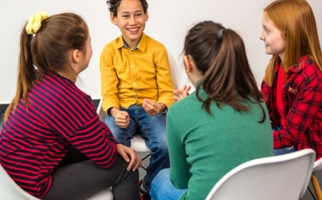
Compass Sharing
Teaching STEM
This strategy helps students engage in small group sharing and ensures equal opportunity for voice through its structured process.

Flip It!
Teaching STEM
This learning strategy helps students gain new perspectives about an issue or topic and supports problem-solving.

Fishbone
Teaching STEM
This learning strategy helps students analyze the underlying cause and effect of problems.

Plus, Minus, Interesting
Teaching STEM
This learning strategy helps students examine ideas, concepts, and experiences from more than one perspective before drawing conclusions or making decisions.
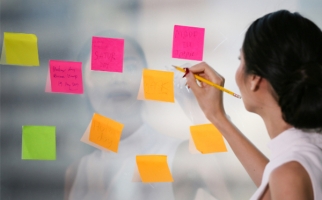
Card Sort
Teaching STEM
This learning strategy helps students sort and categorize concepts based on meaning.

Troika Consulting
Teaching STEM
This learning strategy helps students find solutions with the support of a collaborative group.
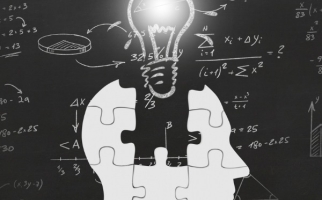
Used to Think, Now I Think
Teaching STEM
This strategy helps students reflect on how their understanding or thinking may have shifted after exploring or learning about a concept, idea, or perspective.

Snowball
Teaching STEM
This learning strategy helps students activate prior knowledge or share ideas in an anonymous, safe way.

First Turn, Last Turn
Teaching STEM
This strategy helps students collaborate and practice active listening by taking turns to offer insights without cross-talking.

Considering Perspectives - Step in, Step out, Step back
Teaching STEM
This strategy helps students develop a respectful approach to taking on another person’s perspective.
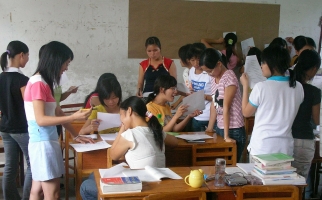
Knowledge Building Circle
Teaching STEM
This strategy helps students co-construct collective knowledge.

Crazy 8s
Teaching STEM
This strategy helps students to brainstorm ideas as a group.
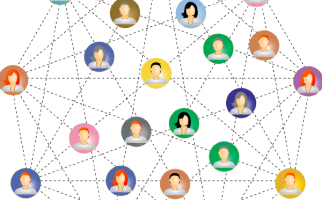
Issues & Stakeholders
Teaching STEM
This strategy helps students develop critical thinking skills by identifying issues and stakeholders

Key Ideas Round Robin
Teaching STEM
This strategy helps students consider the perspectives of others as they summarize key ideas